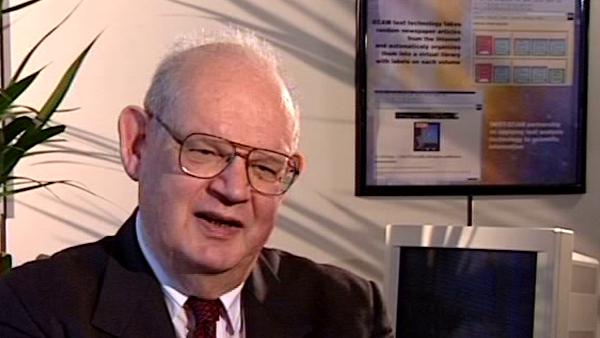Perhaps before I proceed to other fields in mathematics and physics and elsewhere, I should give the classic example. I have a certain resistance to examples that have become cliches, even when the cliche really embodies very strongly the true situation. In the case of the weather, the great contribution of Edward Lorenz has been to observe that even if one assumes that the weather follows extremely precise laws which are differential equations of fluid motion, and if everything is under perfect control, even so a very tiny change in initial conditions? the classical butterfly effect. A butterfly moving up or moving sideways somewhere in the Caribbean would affect the process of a storm moving towards the US coast; because the butterfly went up, the storm much later moved up the coast. The storm involves a gigantic amount of energy, the butterfly a very tiny one. If one knew exactly the initial conditions, if one knew exactly how the butterfly moved, one could predict in that model where the hurricane would move. Since actual prediction of this butterfly or other butterflies is impossible, despite the existence, presumed in this thinking, of very strict laws, it's impossible to know where the storm will move. That is, a system can be both completely predictable in principle, and completely unpredictable in practice. Needless to say, in actual situations the complete predictability in principle is seldom satisfied, but as a background for understanding many phenomena, the butterfly effect is absolutely essential.






